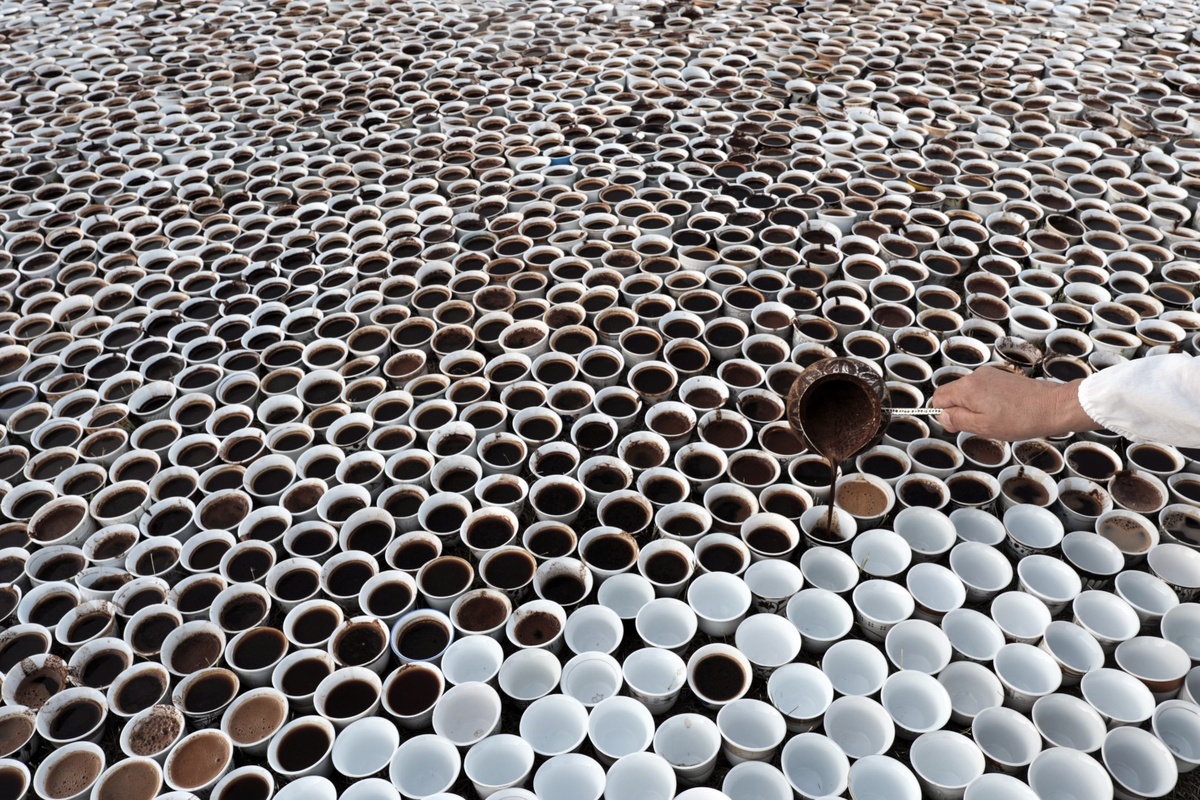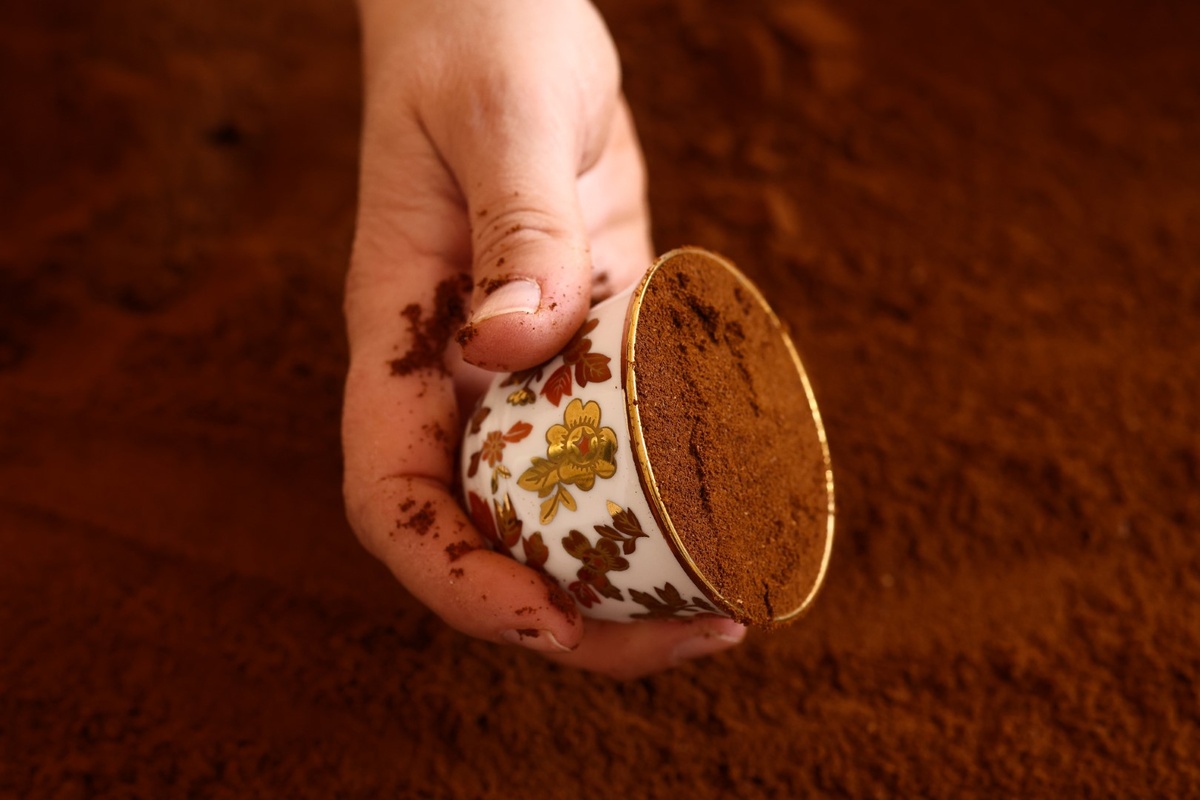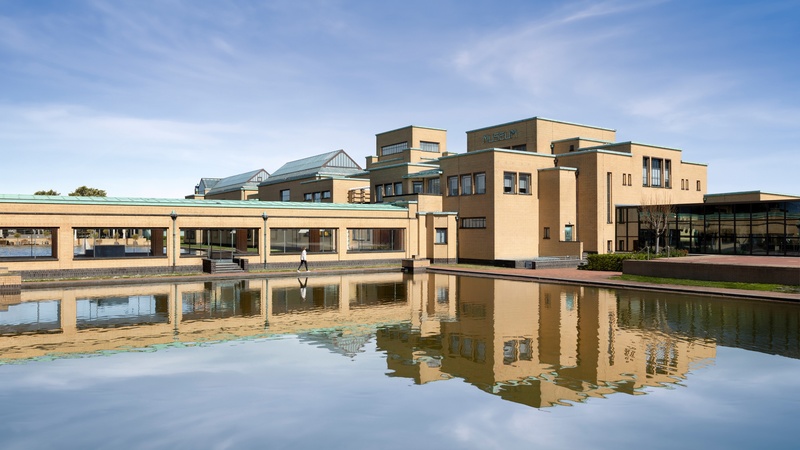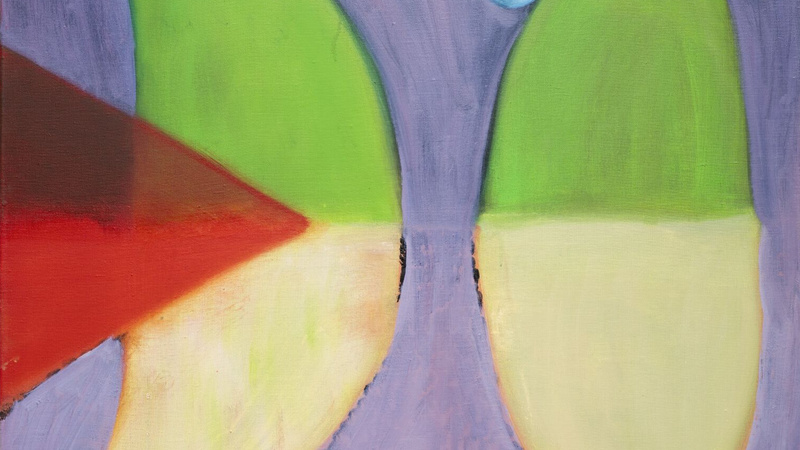Cups of Memory
building monuments through rituals
A horrific tragedy unfolded in the area of Srebrenica in Bosnia and Herzegovina on 11 July 1995, when the Bosnian-Serb army murdered more than 8,372 Muslim men and boys. The UN Dutchbat battalion, which was charged with protecting them, did not intervene. It was the biggest act of genocide in Europe since the Second World War. Yet, thirty years on, this event is still not part of the Dutch collective memory and remains absent from the national culture of remembrance.
Cups of Memory by architect Arna Mačkić (Studio L A) and artist Aida Šehović (ŠTO TE NEMA), both survivors of the Bosnian War (1992-1995), presents a new interpretation of remembrance, in which art, collective memory and shared rituals not only reflect on the past, but confront its long-term consequences that continue to shape our present.
It is based on the art project ŠTO TE NEMA (‘Why are you not here?’), a participatory monument of remembrance presented on city squares around the world. Aida Šehović initiated ŠTO TE NEMA on 11 July 2006 with a public performance in Sarajevo, for which a local women’s organisation collected the first 923 fildžani, traditional coffee cups. Šehović placed the porcelain cups in the street. Volunteers invited passers-by to help fill them with Bosnian coffee, which remained untouched. This silent but powerful act of remembrance was repeated every year on public squares across the globe: from Geneva to New York and from Istanbul to Toronto. There is now a fildžan for each of the victims.
In Cups of Memory, Mačkić and Šehović reconstitute the temporary monument, surrounded by images and stories of survivors and descendants, witnesses and collaborators, providing a place for reflection, hope and a collective quest for a world free of genocide.



